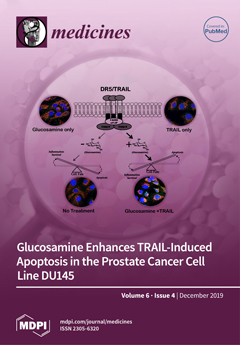Background: Pruritus is a common disease symptom with a variety of etiologies known to reduce patient quality of life. We aimed to characterize the racial and gender differences in the presentation of pruritus for itch-related patient visits both within a single institution and nationally.
Methods: Cross sectional study of patients ≥ 18 years old seen at Johns Hopkins Health System between 1/1/12 and 1/1/18. Results were compared to data from 2005–2011 from the National Ambulatory Medical Care Survey (NAMCS) and the National Health Ambulatory Medical Care Survey (NHAMCS).
Results: Our findings indicate that itch patients at JHHS (
n = 18,753) were more likely to be black compared to white patients (37% vs. 19%,
p < 0.01) when compared to patients without itch—a trend also noted nationally based on data from NAMCS/NHAMCS (26% vs. 21%,
p = 0.05). Black itch patients are also more likely to be diagnosed with prurigo nodularis (OR 2.37,
p < 0.0001), lichen planus (OR 1.22,
p < 0.0001), and atopic dermatitis OR 1.51,
p < 0.0001). Female itch patients are more likely to be diagnosed with autoimmune (OR 1.66,
p < 0.0001) and psychiatric comorbidities (OR 1.2–1.8,
p < 0.0001) than male itch patients. When compared to black itch patients nationally, white itch patients were more likely to visit a dermatologist (29% vs. 18%,
p = 0.028). Our data can identify associated conditions and demographic differences but are unable to support a causal relationship.
Conclusions: Black and female patients are more likely to present with pruritus, a symptom associated with comorbidities such as prurigo nodularis, lichen planus, atopic dermatitis, and psychiatric conditions.
Full article




